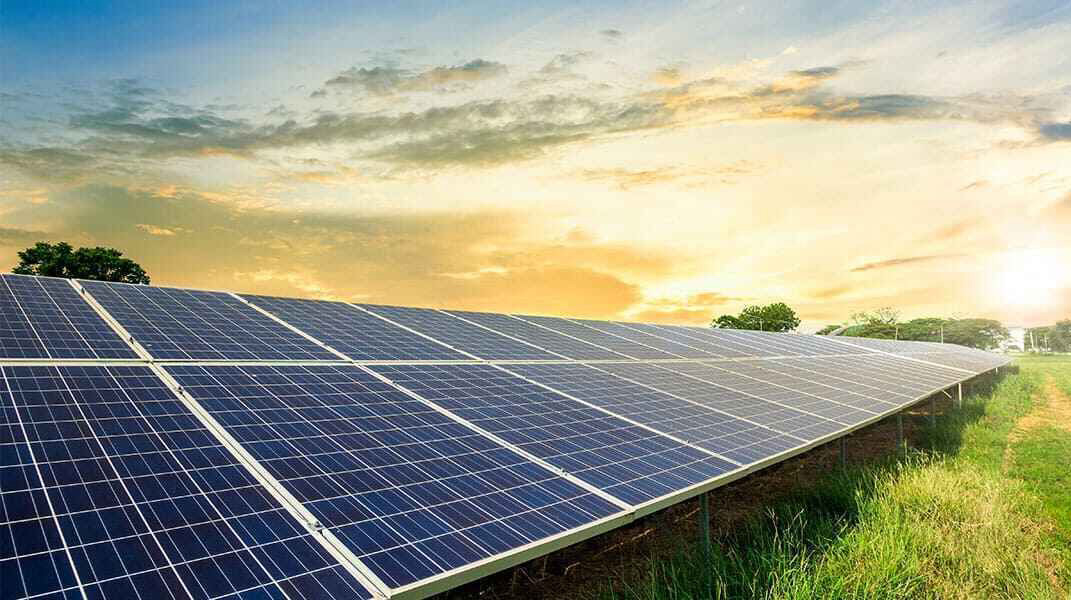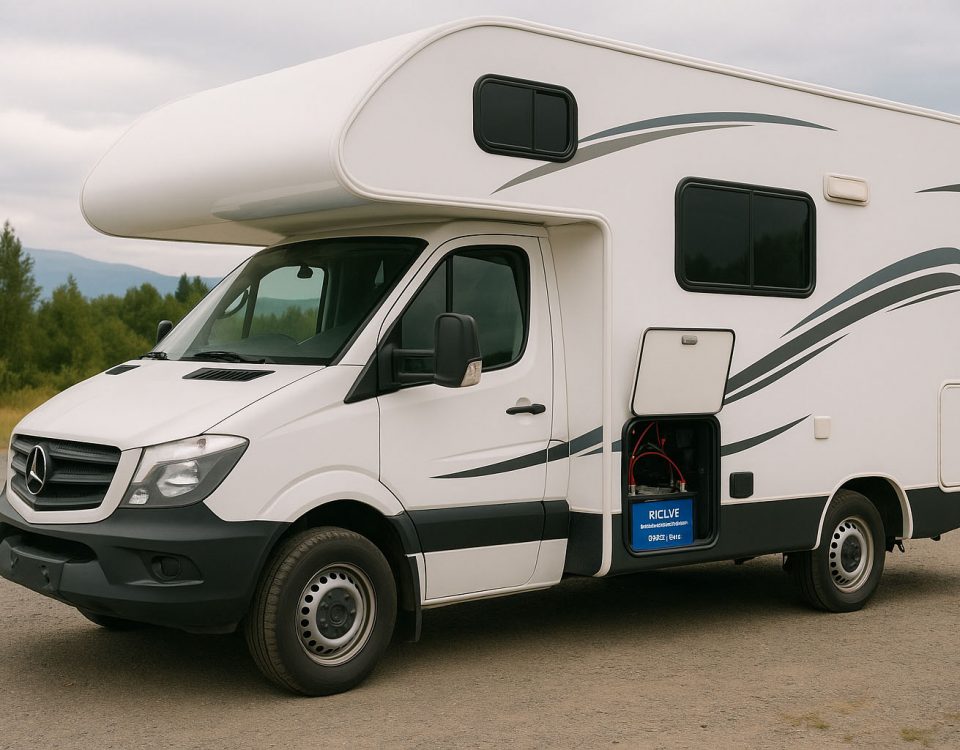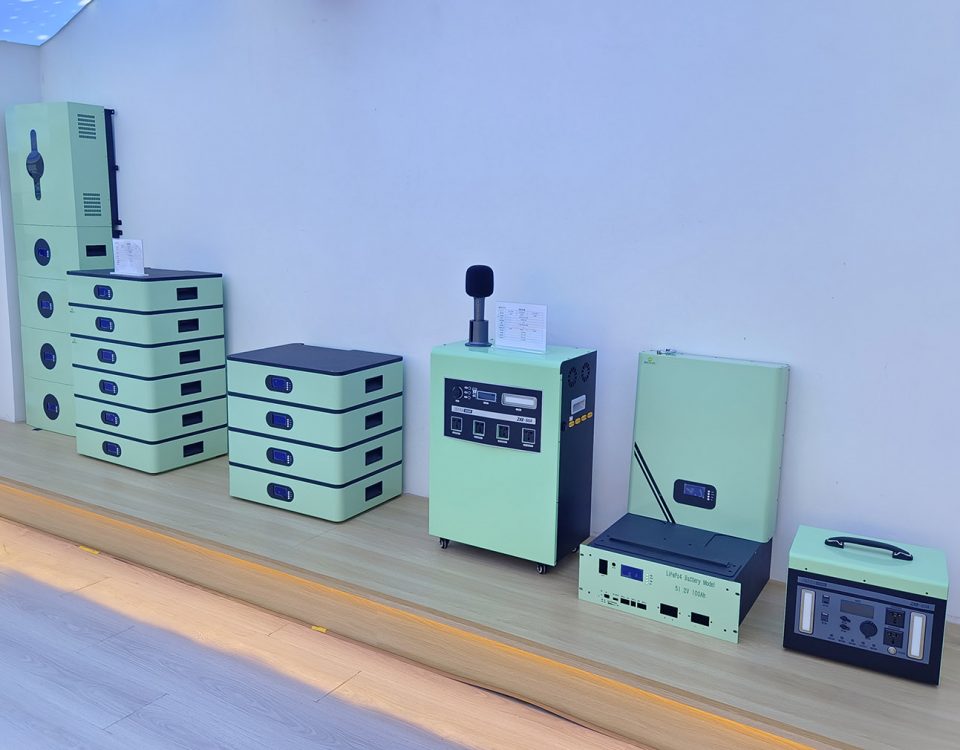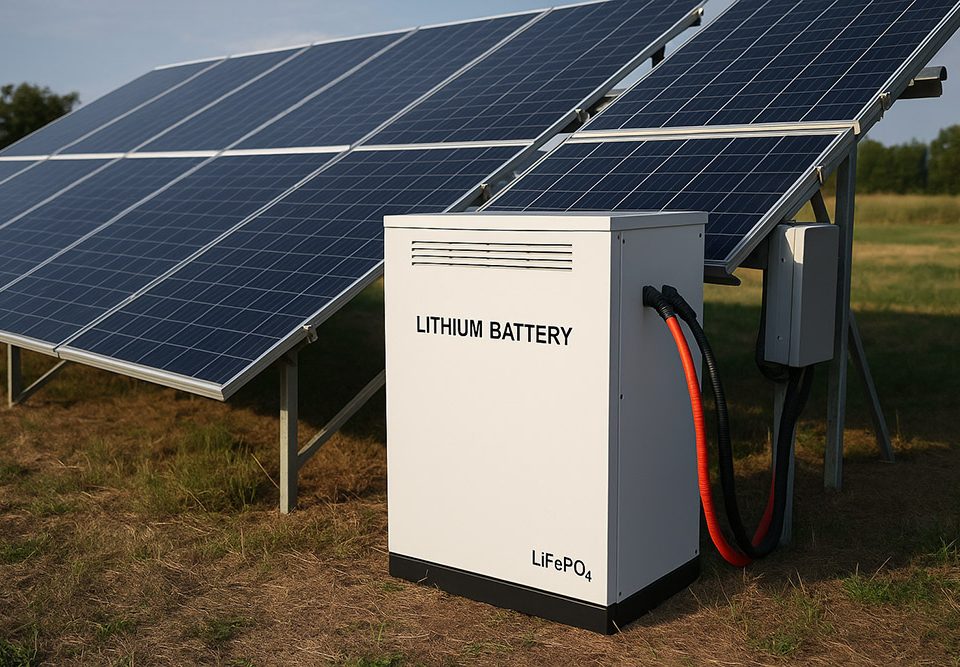Empower Your Energy Future with Smart, Efficient, and Durable Solar Solutions
In an age where renewable energy is no longer a luxury but a necessity, choosing the right solar panels can seem daunting. With innovations from bifacial designs and perovskite layers to advanced monitoring systems, you need a clear roadmap to navigate today’s solar marketplace. This guide distills the latest technology and practical considerations into a comprehensive framework, ensuring you select panels that deliver optimal performance, reliability, and value—whether you’re outfitting a rooftop array, an RV adventure rig, or a portable backcountry system.
1. Define Your Energy Requirements
Before comparing panel specs or price tags, quantify how much power you actually need.
-
Daily Consumption: Tally your typical daily kilowatt-hours (kWh) usage. Include lighting, appliances, charging needs, climate control, and any high-draw equipment like power tools or induction cooktops.
-
Battery Capacity and Charging Goals: If your system includes penyimpanan energi (e.g., LiFePO₄ batteries), calculate how many amp-hours (Ah) you must replenish each day. Remember that real-world conditions (cloud cover, seasonal sun angles) often yield 70–80% of theoretical panel output. Factor in at least 20–30% buffer for gray days.
-
Future Expansion: Leave headroom for potential load increases—adding EV charging, home office gear, or power-hungry appliances. Specifying an extra 20–25% capacity now can save you costly retrofits later.
2. Compare Panel Technologies and Efficiency
Solar panel efficiency isn’t just marketing jargon; it directly impacts your system’s footprint, performance, and ROI.
-
Monocrystalline vs. Polycrystalline: Modern monocrystalline panels top out around 22–24% efficiency, thanks to high-purity silicon and PERC (Passivated Emitter Rear Cell) architecture. Polycrystalline modules, slightly less efficient at 17–19%, tend to be more budget-friendly.
-
Bifacial and Half-Cut Cells: Bifacial panels harvest albedo light from the rear, boosting yield by 5–15% when mounted over reflective surfaces (white roofs, sand, snow). Half-cut cell designs reduce resistive losses and improve shade tolerance.
-
Emerging Materials: While perovskite and thin-film (CIGS, CdTe) technologies promise lower costs and lighter form factors, they generally trail crystalline silicon in long-term durability and efficiency. Keep an eye on warranties before venturing into novel material choices.
3. Audit Your Installation Space
Accurate measurements and site evaluations help you avoid fitment headaches and optimize system output.
-
Roof and Ground Footprint: Map out unobstructed, south-facing areas (in the Northern Hemisphere) with minimal shading. Tools like drone imaging or mobile ‘sun-eye’ apps can generate shade profiles throughout the day.
-
Tilt and Orientation Flexibility: Fixed racks set at your latitude angle typically maximize annual energy capture. Adjustable mounts or solar trackers add complexity and cost but can increase yield by 10–30%.
-
Weight and Structural Integrity: High-efficiency panels often come in larger, heavier frames. Confirm that your roof or trailer roof can safely support the added load, including wind and snow stresses.
4. Fixed vs. Portable: Mobility Matters
Your lifestyle dictates whether a permanent roof array or a portable folding station is best.
-
Fixed Roof Systems: Ideal for homes, cabins, and permanent installations. These leverage durable aluminum racking and integrated microinverters or power optimizers for seamless operation, minimal maintenance, and clean aesthetics.
-
Portable Folding Panels: Perfect for RVs, vanlife, and camping. Modern foldable modules (often 100–200W per panel) weigh under 15 lbs, feature built-in kickstands, and include MC4 connectors for rapid setup. Look for reinforced canvas cases and IP67-rated junction boxes for rugged outdoors use.
5. Invest in Quality Electronics and Monitoring
A solar panel is only as good as its balance-of-system (BOS) components and intelligence.
-
Pengontrol Biaya: MPPT (Maximum Power Point Tracking) units outperform PWM controllers by 10–30%, especially when panel voltage significantly exceeds battery voltage. High-end controllers offer temperature compensation, remote monitoring, and multiple PV inputs.
-
Inverters: Choose string inverters for cost efficiency on uniform arrays, microinverters for maximized shade resilience, or hybrid inverter-chargers for integrated battery support. Ensure UL 1741 and IEEE 1547 compliance for grid-tie applications.
-
Performance Monitoring: Real-time apps and cloud dashboards let you track generation, diagnose issues, and adjust settings. Some systems also integrate weather forecasts to predict output and automate load shedding when production dips.
6. Durability, Certifications, and Warranties
Your solar investment should stand strong for decades under sun, wind, rain, and snow.
-
Frame and Glass: Look for anodized aluminum frames with corrosion-resistant coatings and tempered borosilicate glass rated for 5400 Pa wind loads and 5400 Pa snow loads.
-
IP and PID Resistance: Ensure junction boxes are rated at least IP65 to guard against dust and water intrusion. Panels with anti-PID (Potential Induced Degradation) coatings maintain output over time.
-
Certifications: Check for IEC 61215 (design qualification), IEC 61730 (safety qualification), and UL 61730 (for U.S. installations).
-
Warranties: Industry leaders offer 25-year linear performance guarantees (typically 80–87% of nameplate output at 25 years) and 10–12 year product warranties. Avoid no-name modules with limited or transferable coverage.
7. Factor in Total Cost of Ownership
The cheapest upfront price can hide maintenance, efficiency losses, or early replacements.
-
Levelized Cost of Energy (LCOE): Divide the total system cost (panels, BOS, installation, permits) by the projected lifetime kilowatt-hours. A lower LCOE means better long-term value.
-
Operational Expenses: Account for occasional cleaning, inverter replacements (every 10–15 years), and monitoring subscriptions.
-
Incentives and Rebates: Federal Investment Tax Credit (ITC), state rebates, net metering policies, and SREC programs can reduce payback periods to 5–7 years in many U.S. markets.
8. Future-Proof with Scalability and Smart Integrations
As energy landscapes evolve, your solar system should adapt.
-
Expandable Arrays: Design your racking and wiring to accommodate additional panels or battery banks without rewiring.
-
Smart Home Integration: Link your solar inverter and battery system with home automation platforms (e.g., Zigbee, Modbus, or BACnet) to optimize self-consumption, shift loads to peak sun hours, and enable demand response programs.
-
Vehicle and EV Charging: Consider bi-directional charging (“vehicle-to-home” or “V2H”) ports to leverage EV batteries as backup power, further reducing grid reliance.
Conclusion: Harness the Sun with Confidence
Navigating today’s solar market requires balancing technical specs, real-world constraints, and emerging innovations. By clearly defining your energy needs, comparing advanced panel technologies, auditing your installation site, and choosing robust electronics backed by solid warranties, you ensure a system that delivers sustainable power for decades. As you embark on your solar journey, partnering with a reputable provider—one who offers RICHYE-branded panels known for their efficiency, durability, and comprehensive support—can make all the difference. With the right approach and foresight, you’ll transform sunlight into long-lasting value, reduce your carbon footprint, and enjoy energy independence like never before.




